Do You Make it Easy for Your Consumer to Buy?
So, you have a great product. But you aren’t getting the sales that you want. What is missing?
In this week’s blog, we’re covering what might be missing in the path to conversion. After setting up your online store, you need to set up your presence in a way that is conversion-friendly. If your website is slow to load, isn’t SEO-friendly, or has poor imagery- you’ll likely lose customers to your competition.
Don’t neglect your User Experience
When a user is navigating your website, they need to be able to easily find products and checkout. Utilize tools like Google’s Test My Site to check your website’s load time and its functionality. If a potential customer spends more than a few seconds waiting for your website to load, they’ll likely click away and go to the online store of a competitor. Look at key metrics like bounce rate and user behavior patterns to get an idea of how your users are interacting with your website.
Comparing this data with industry benchmarks is critical to the success of your e-commerce store. Regardless of what you sell or offer, there is an industry average. Utilize tools like benchmark guides to make sure that you are on track for success. If your website is underperforming compared to other online stores in your industry, take a moment to go through this optimization checklist.
- Are your images too large or not optimized properly?
- If your bounce rate is high, brainstorm why this could be the case. Is your homepage user friendly?
- Do you have promotions running that would entice users to come to your website?
- Are your product images tagged in a way that gives them SEO value?
After you have answered these questions, implement changes to your website as soon as you can.

Track Your Data
One of the most important parts of optimizing your website is tracking your analytics data. Make sure that your Google Analytics account is set up properly and you can pull monthly reports to measure the impact of your changes on both user behavior and sales.
Tracking your user journey data is also pivotal to the success of this optimization effort. Map our a timeline for execution and generate reports at each stage of the process. For example, measure how strong your SEO is on your website and measure how it changes over time when you make the changes enumerated above. If you follow all these best practices, get ready to see your traffic (and conversions) soar!
At Wildly Creative, we know the optimization process in and out. Want to know more about how your website can improve? Contact us today for a free consultation.
